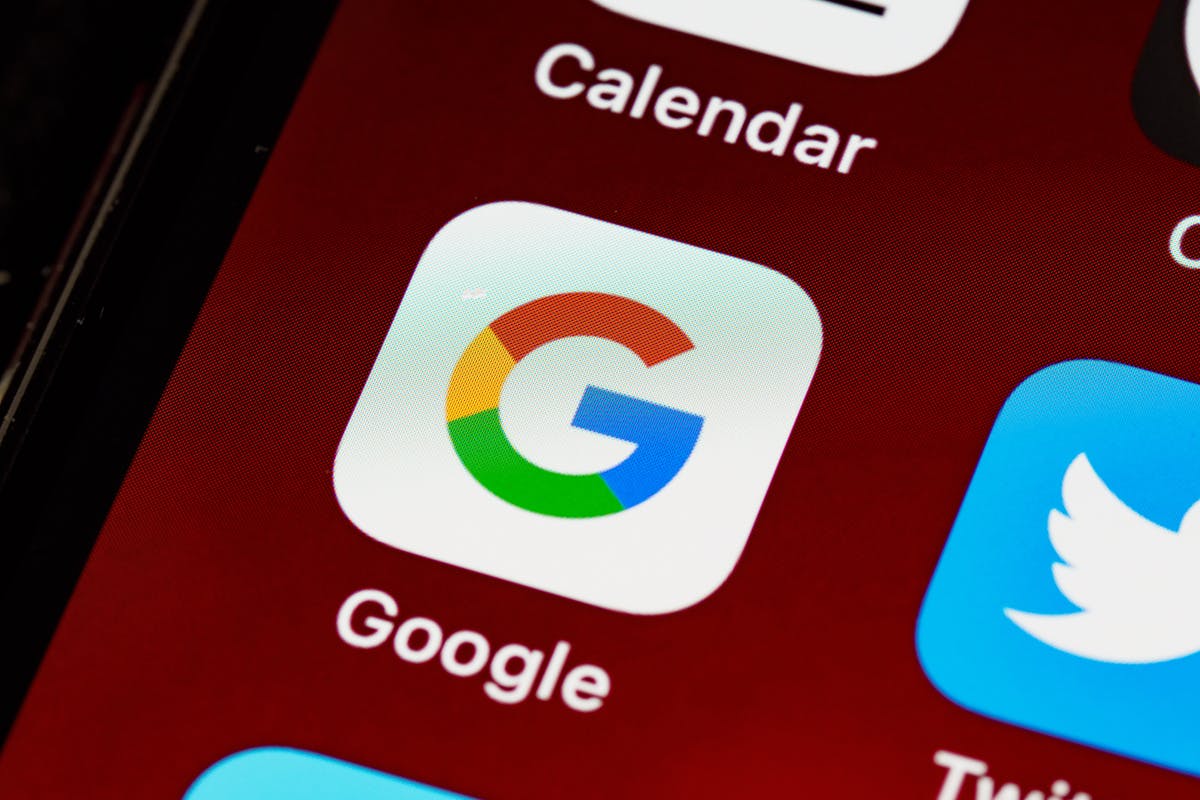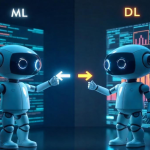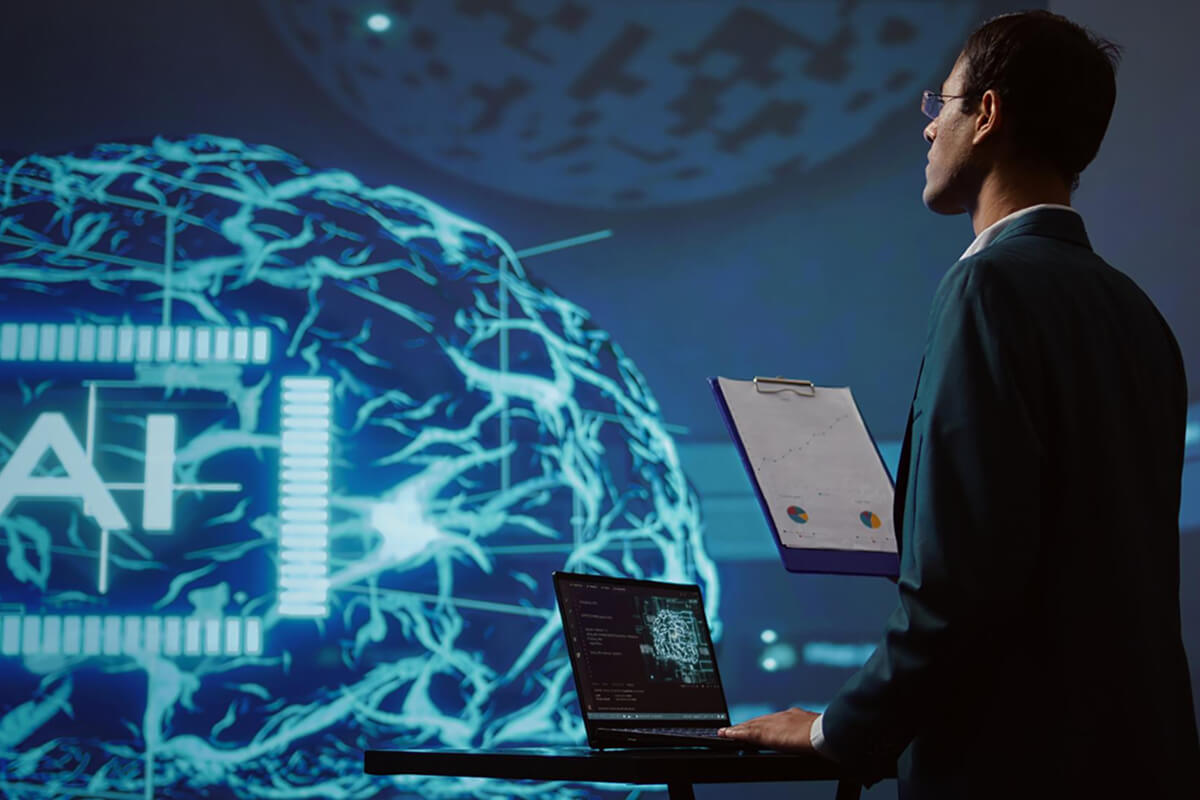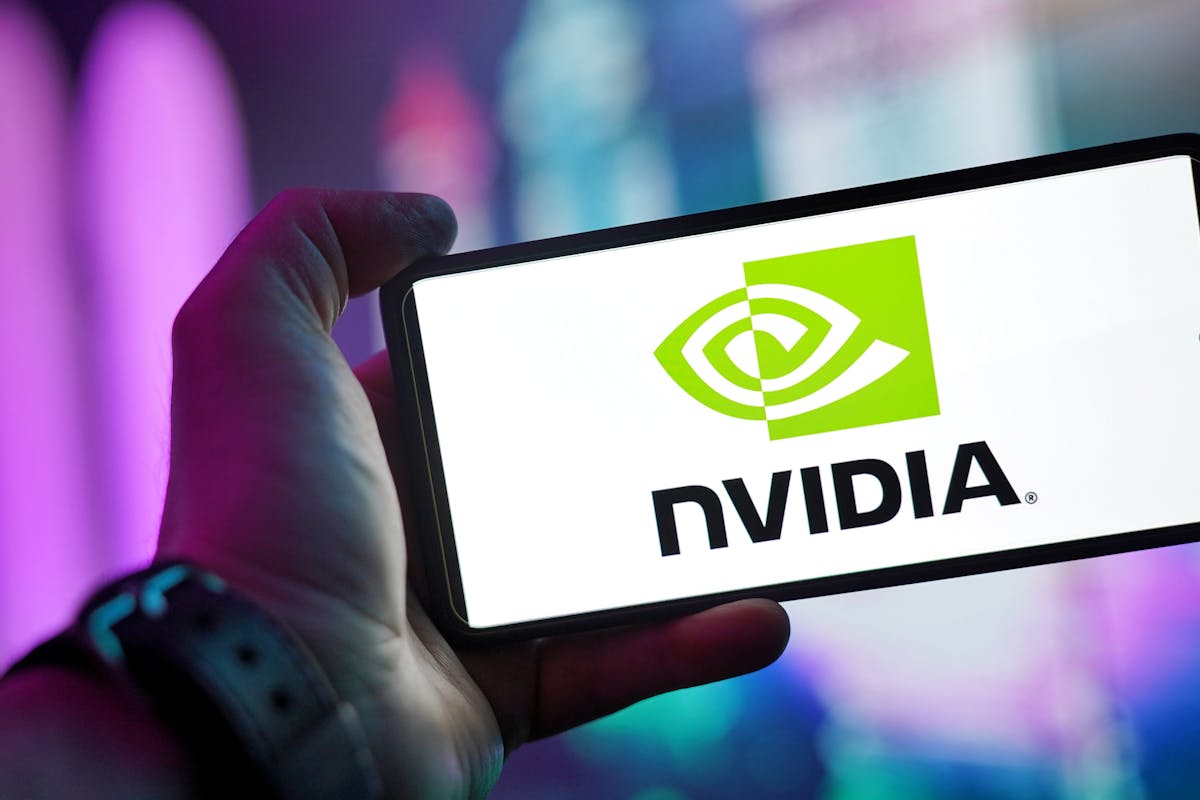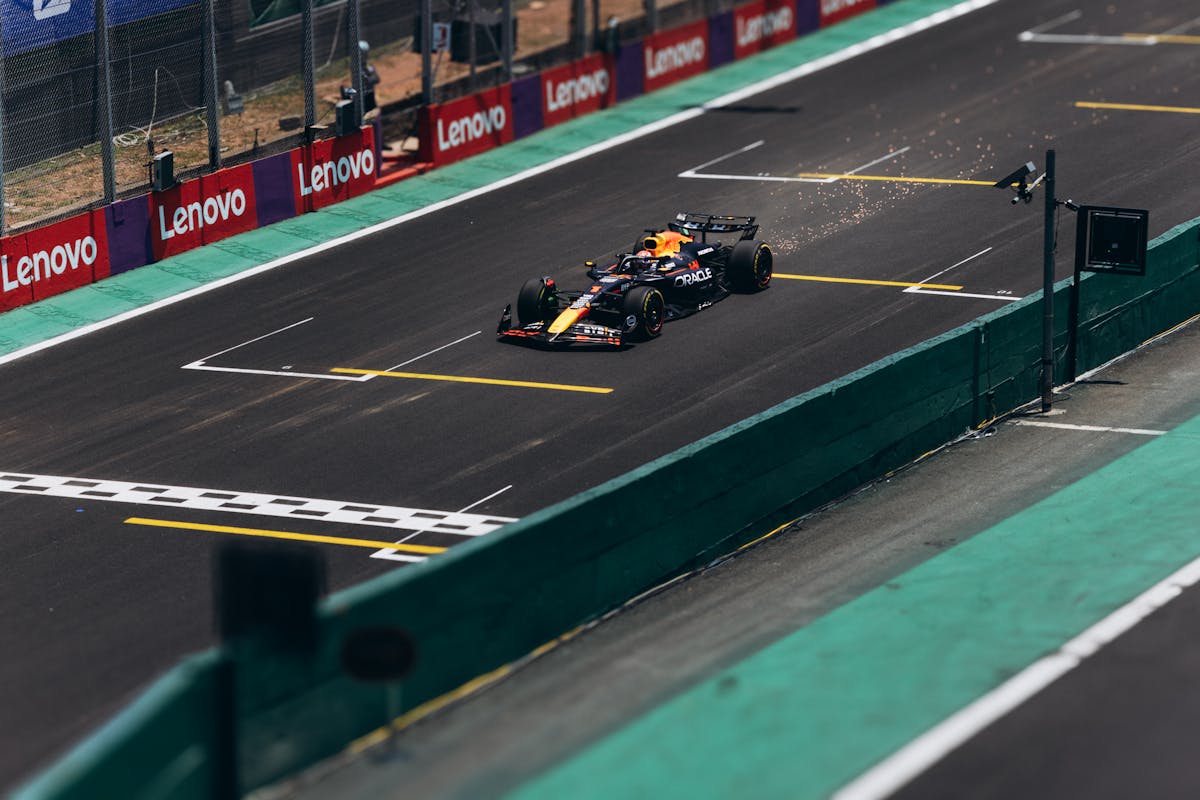How Google is redefining AI Driven Experiences with its new launch!
At the forefront of technological advancement, Google has recently introduced a suite of AI-powered tools-that are poised to revolutionize digital communication, content creation, and application development. These innovations signify a transformative shift towards more immersive, automated, and personalized user experiences, catering to the evolving needs of businesses and consumers alike.
Beam: Elevating Remote Communication with 3D Video Conferencing
Google Beam, formerly known as Project Starline, represents a significant leap in virtual communication. Utilizing a combination of light field display technology, six strategically placed cameras, spatial audio, and AI-driven cloud computing, Beam creates a realistic, real-time 3D representation of participants in a video call. This immersive experience eliminates the need for headsets or glasses, making virtual interactions feel remarkably lifelike.
The system has been miniaturized into a compact setup, developed in collaboration with HP, and is priced competitively with existing videoconferencing solutions. Early adopters such as Salesforce, Deloitte, and Duolingo have begun integrating Beam into their operations. Currently supporting one-on-one calls with features like screen mirroring and live translation, group call functionality is under development. Studies indicate that Beam users experience reduced fatigue and enhanced engagement compared to traditional 2D meetings, positioning it as a compelling alternative to platforms like Zoom and Google Meet.
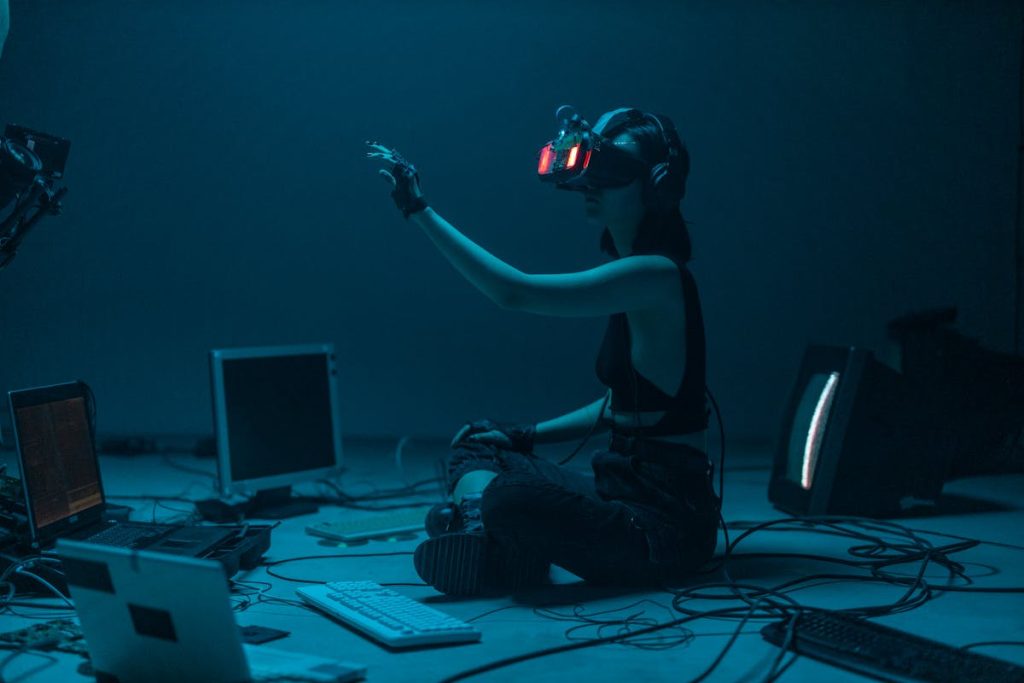
Veo 3: Pioneering AI-Generated Video Content
Veo 3, developed by Google DeepMind, is an advanced AI-driven video creation tool that enables users to generate high-quality videos using simple text or image prompts. Building upon its predecessor, Veo 2, this latest iteration offers significant enhancements in motion accuracy, lip-sync quality, and overall visual realism. Notable features include the integration of realistic ambient sounds, dialogue generation, and the ability to produce narratively coherent clips from complex prompts.
Veo 3 is accessible through the Gemini app for users subscribed to the $249.99/month AI Ultra plan and is integrated with Google’s Vertex AI platform for enterprise users. The tool’s capabilities extend to generating videos over sixty seconds in length, supporting longer storytelling formats. Additionally, Veo incorporates masked editing features, allowing users to modify specific areas of a video without affecting the entire scene.
To address concerns about misinformation and content authenticity, Veo 3 employs DeepMind’s SynthID technology, embedding invisible watermarks into AI-generated videos. This measure ensures that content can be identified as AI-created, promoting transparency and responsible use.
Stitch: Revolutionizing App and Website Development
Introduced at the Google I/O 2025 developer conference, Stitch is an AI-powered tool designed to streamline the app design and development process. By interpreting natural language descriptions or image prompts, Stitch can generate high-quality user interface (UI) designs and corresponding frontend code, effectively bridging the gap between design and development.
Stitch offers conversational iterations of designs, theme customization, and easy export options to formats like CSS/HTML and Figma. This functionality enables users to transition smoothly from concept to implementation, making app creation more accessible and efficient for both experienced developers and newcomers.
Android XR Glasses: Google’s Leap into Seamless Wearable Technology
At Google I/O 2025, Google reentered the wearable tech arena with the announcement of its new Android XR (Extended Reality) glasses, marking a major stride forward in consumer-focused hardware innovation.
Key highlights include:
- Conventional Design: Unlike the original Google Glass, which was criticized for its bulky and intrusive appearance, the Android XR glasses adopt a more traditional and discreet eyewear design. This makes them more socially acceptable and wearable in everyday settings.
- XR Integration: These smart glasses integrate both Augmented Reality (AR) and Virtual Reality (VR) capabilities, offering users immersive digital overlays and real-world contextual enhancements in real time.
- Android Compatibility: As the name suggests, the glasses run on Android XR, enabling seamless synchronization with Android smartphones, tablets, and other Google services like Google Maps, Lens, and Assistant.
- Hands-Free Access: Users can receive notifications, interact with apps, and access information without using their hands—ideal for productivity, fitness, and real-world applications like navigation or on-the-job training.
- Focus on Privacy: Google has embedded features to reduce privacy concerns, including visible recording indicators and robust user controls to manage data access and device usage.
This announcement signals Google’s renewed commitment to blending AI with wearables, bringing us closer to a world where digital experiences are woven effortlessly into physical life.
Conclusion
Google’s unveiling of Beam, Veo 3, Stitch, and the Android XR glasses marks a pivotal moment in the evolution of AI and hardware integration. These innovations not only enhance communication and content creation but also bridge the gap between digital and physical realities. From hyper-realistic 3D video calls and AI-generated media to effortless app development and smart, wearable experiences, Google is setting new benchmarks for immersive, intelligent, and user-centric technologies. As businesses and developers embrace these tools, the future of tech looks more connected, personalized, and seamlessly integrated into everyday life.


